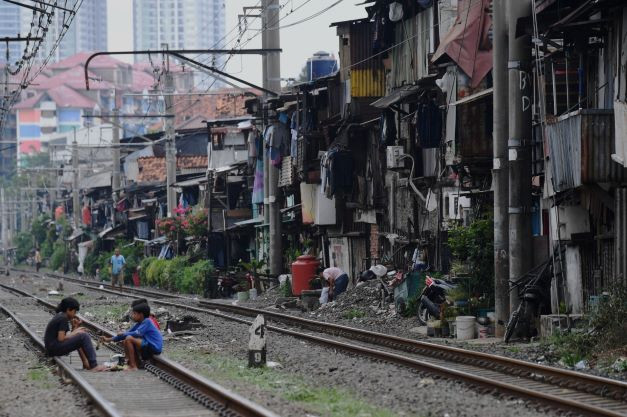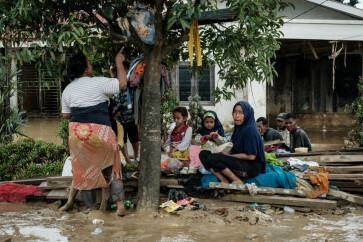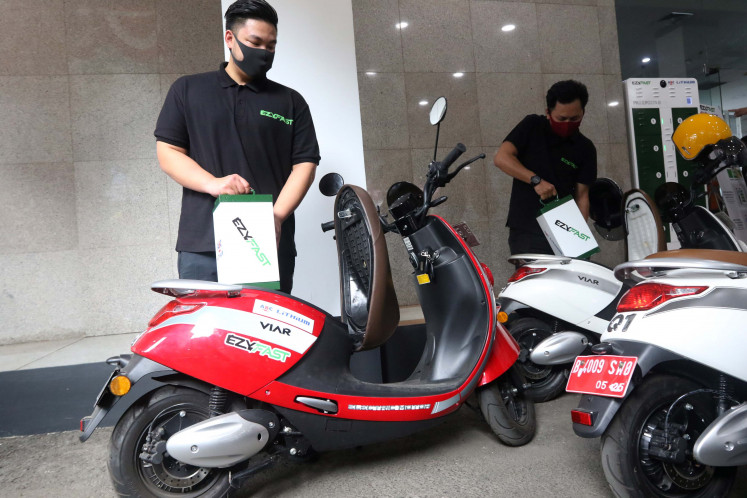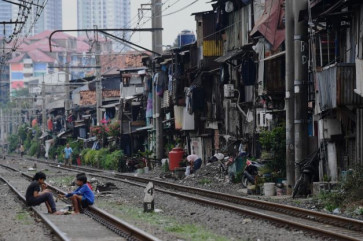Popular Reads
Top Results
Can't find what you're looking for?
View all search resultsPopular Reads
Top Results
Can't find what you're looking for?
View all search results2024 a year of shrinking Indonesian middle class
The government maintains that the economic situation remains under control, despite warnings from businesses and analysts.
Change text size
Gift Premium Articles
to Anyone
T
he year 2024 was when the country finally became aware that its middle class has been shrinking over the past five years. The government, however, has maintained that the economic situation remains under control, despite warnings from businesses and analysts.
Statistics Indonesia (BPS) defines the middle class as those with monthly spending of around Rp 2.04 million (US$125.05) to Rp 9.91 million, equivalent to 3.5 to 17 times the poverty line of Rp 582,932 this year.
Those with monthly spending between the poverty line and 1.5 times that amount are categorized as vulnerable to poverty, while those spending 1.5 to 3.5 times that figure are referred to as the aspiring middle class.
Referring to that classification, it is estimated that 17.13 percent of Indonesia’s population falls into the middle-class category this year, far below the share of 21.45 percent five years ago, according to the agency.
The drop has contributed to a rise in other categories, namely the aspiring middle class and those vulnerable to poverty.
Maintaining both the middle class and aspiring middle class groups is deemed critical as BPS said the two contributed over 81 percent of the country's total consumption, making them important drivers of the economy.
Your Opinion Matters
Share your experiences, suggestions, and any issues you've encountered on The Jakarta Post. We're here to listen.
Thank you
Thank you for sharing your thoughts. We appreciate your feedback.



















